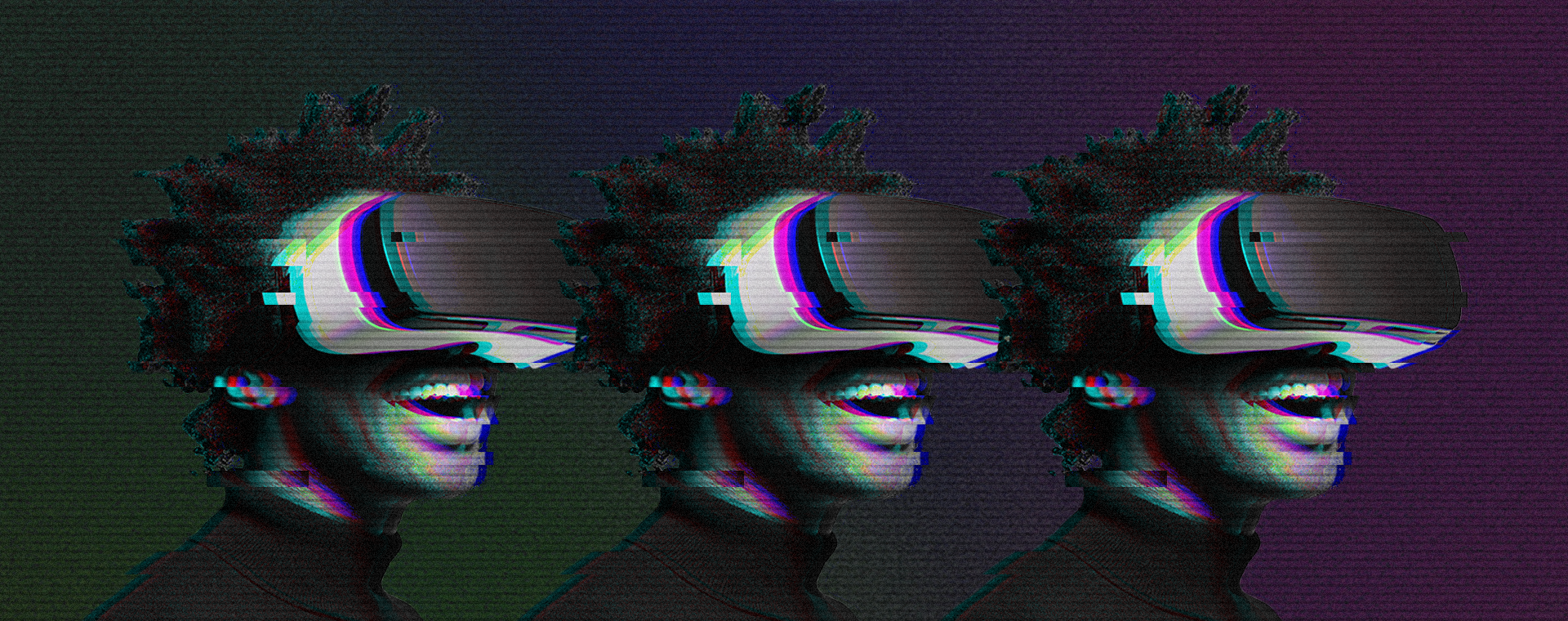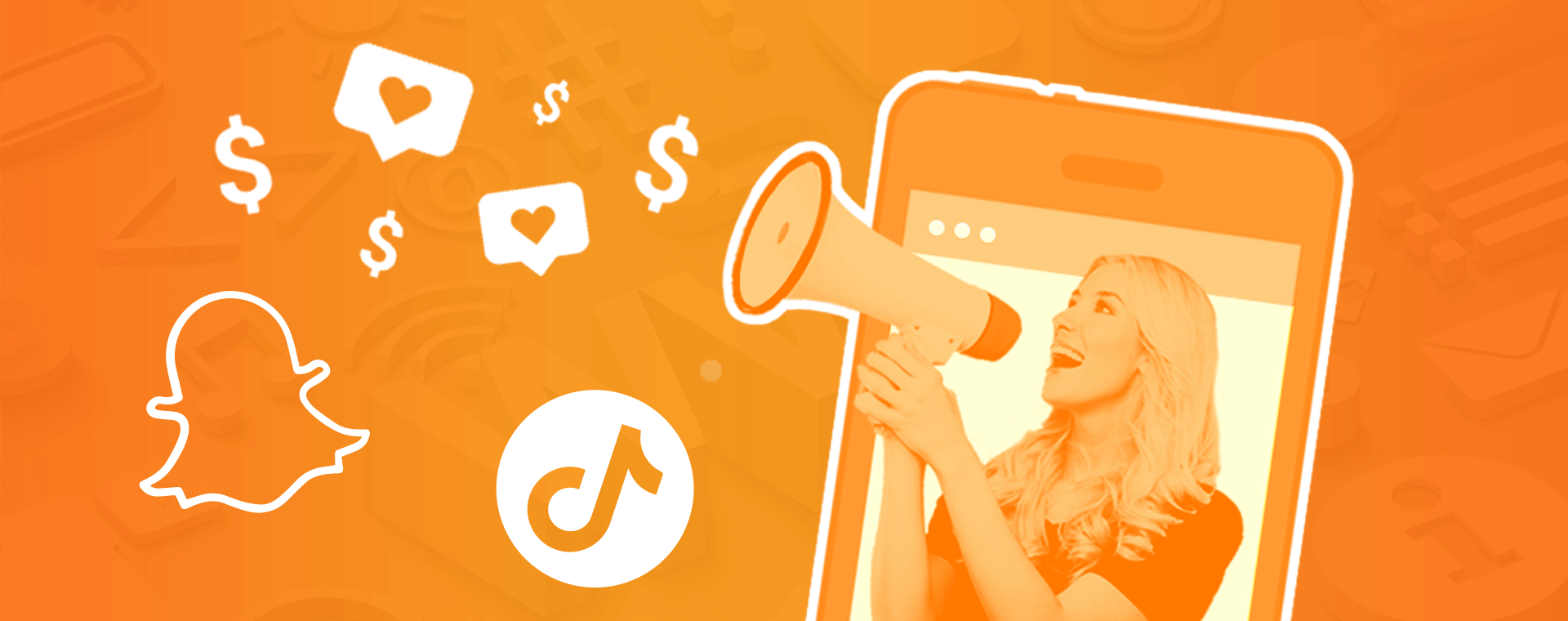Generally speaking, if something is becoming popular in the B2C market, the B2B market will eventually catch on and use it as well. Here are four marketing trends for B2B businesses to keep an eye on in 2016 and beyond.
Trend 1: Virtual Reality (VR)
Oculus Rift virtual reality (VR) headsets went on pre-order sale this past week and sold out in a matter of hours. The popularity, demand, and game-changing potential of VR tech is undeniable.
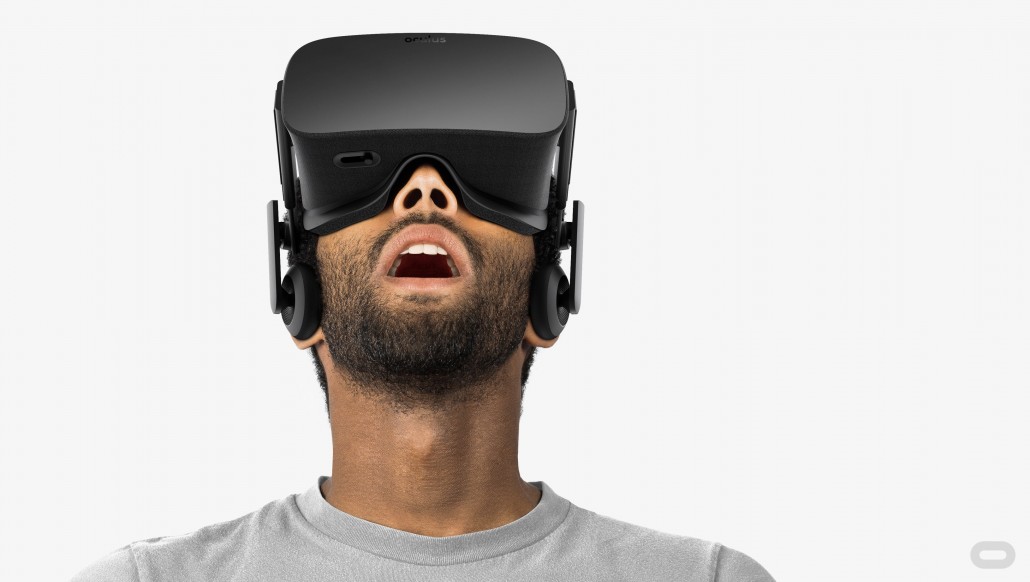
B2B applications of VR
While virtual reality headsets are primarily for the consumer market and so far have demonstrated mostly video game applications, VR tech could be useful to B2B marketers in a big way in the future.
For example, imagine you’re a factory equipment salesperson: instead of telling a customer about how your equipment works they can put a VR headset on and you can show them how your equipment works on a virtual factory floor. VR headsets could dramatically change the way B2B companies interact with their customers and market their products.
Trend 2: Instant Messaging (IM)
Instant messaging platforms like Facebook Messenger, WhatsApp and Snapchat are the fastest growing technology and behaviour the world has ever seen. It “is arguably one of the greatest opportunities to ever strike business” writes TechCrunch contributor Tom Goodwin. New and exciting changes are being made to IM apps. For example, a Facebook Messenger conversation about a time and place can be turned into an Uber transaction. You don’t even need to leave the Facebook Messenger chat thread to order an Uber.
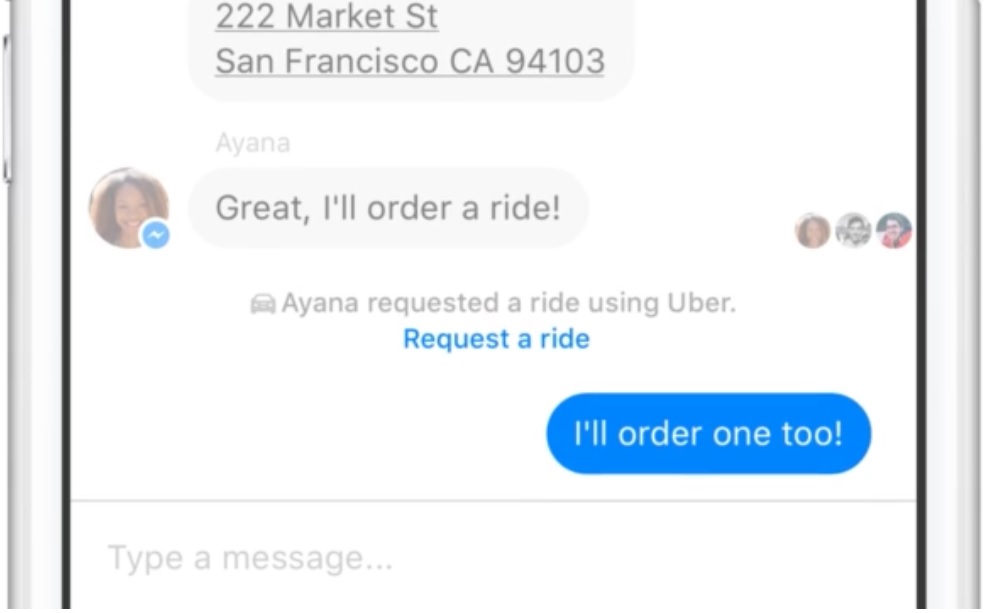
B2B applications of IM
In the future, B2B conversations could move from email exchanges to instant messages. New functionality could allow decision-makers on the customer side to press one button to accept proposals and make buying decisions within a B2B IM chat the way Facebook is allowing consumers to book Uber rides in the B2C world. Read: no more asking for people “sign the last page of a PDF and send a scanned copy of the PDF back” in order to complete a deal.
Trend 3: Artificial Intelligence (AI)
Many of the largest technology companies in the world such as IBM, Facebook, Google, Microsoft and Amazon are racing to figure out how artificial intelligence technology can make our lives easier. For example, Facebook M is an artificially intelligent “personal assistant” that exists within Facebook Messenger. In the near future, we’ll be able speak into our mobile devices and verbally tell M to manage personal tasks like cancelling a cable subscription or ordering flowers for a special occasion. Think Siri on steroids.
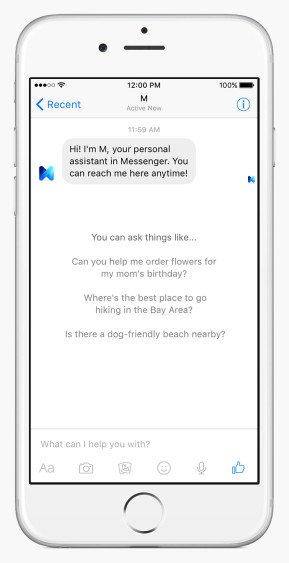
B2B applications of AI
Artificial intelligence can have an endless amount of applications in the B2B world. We all know what it’s like trying to book a meeting or a phone call with a potential client. It can be a lot of back-and-forth emails trying to find availability in their calendar and yours. AI technology in the future will be able to do this back-and-forth messaging for you by finding times in your prospect’s calendars that are available, sending messages to them on your behalf, and booking the meeting for you. It will be like having your own artificially intelligent personal assistant.
Trend 4: Smartphone Apps
Stats indicate that we’re using apps on our phones more than ever before. Why? Because apps on our smartphones make our lives easier. If you want to order a pizza, ordering through the Domino’s app on your smartphone is a lot easier and more efficient than opening up a web browser, going to Domino’s website, and filling out a form to order the pizza.
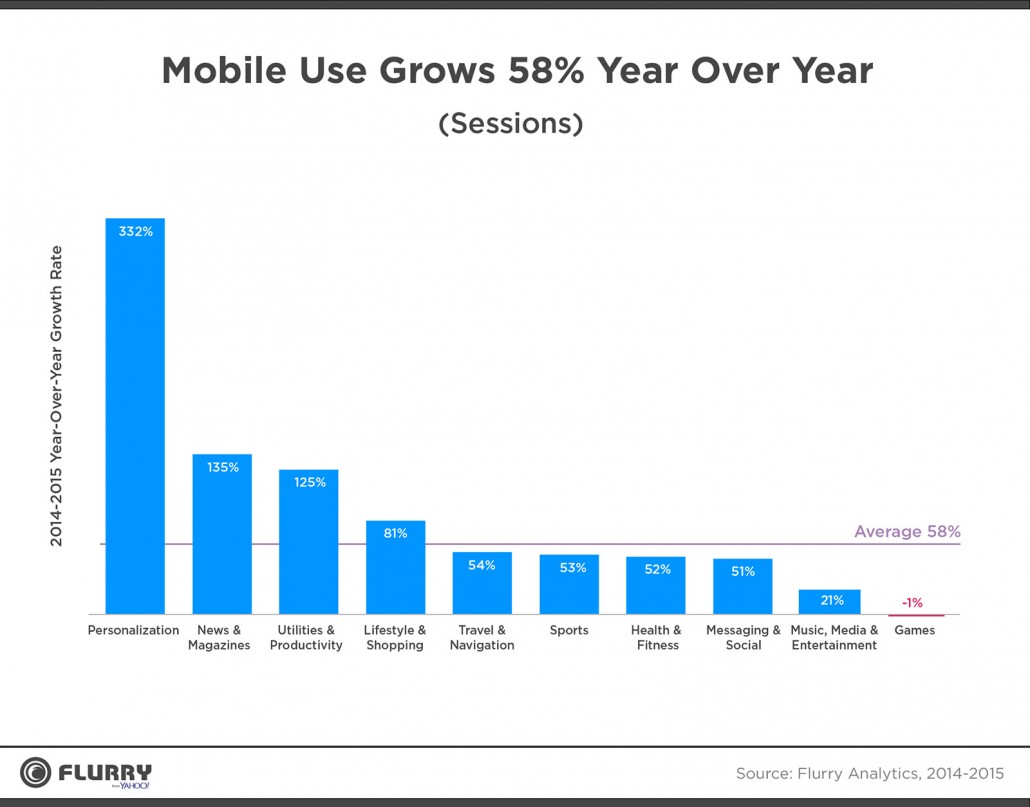
B2B applications of apps
B2B marketers should be thinking about creating apps that make their customer’s experience with their company easier. For example, suppose you work in the marketing department of an industrial parts supply company: wouldn’t it be great if your customer had the option to open an app and reorder the parts they need without having to call a salesperson or go to your company website? Take that a step further and imagine if that app could connect to their inventory management or ordering system. It could all be managed through a phone!
If you don’t believe this is the way your customers will be buying your widgets in the future, just look at how using the Uber app has challenged the act of calling a cab company for a taxi ride. Similarly, the old way of ordering your company’s widgets will be replaced by ordering through a smartphone app.






